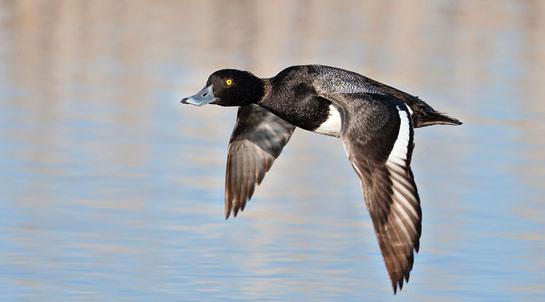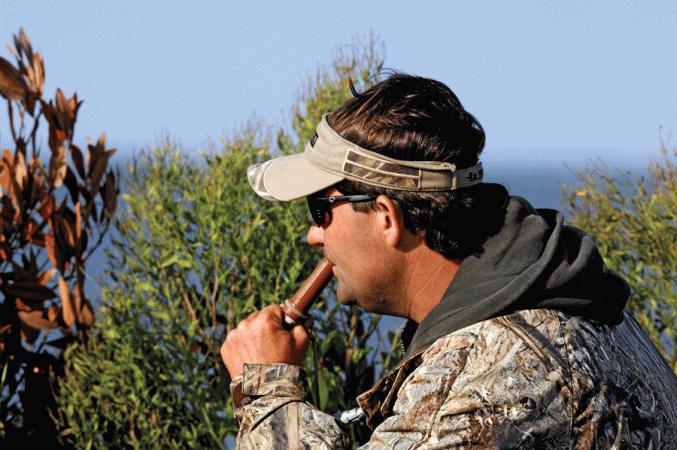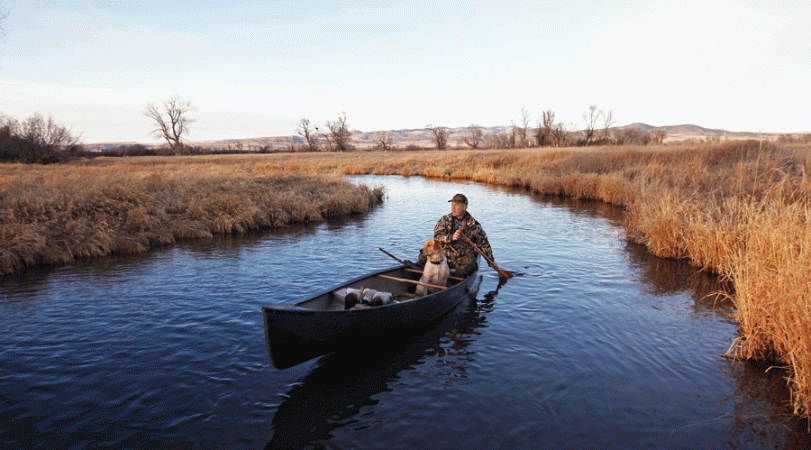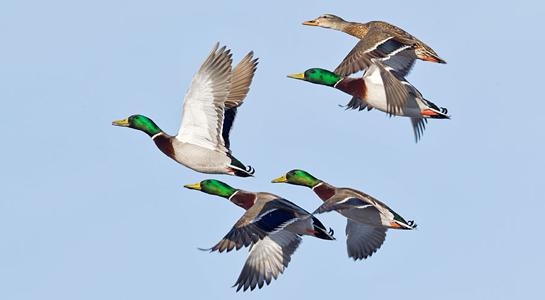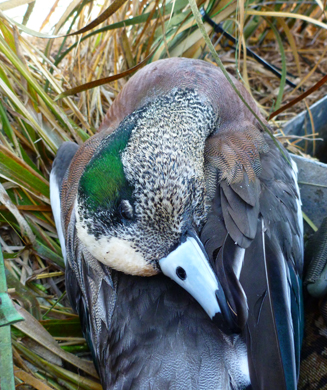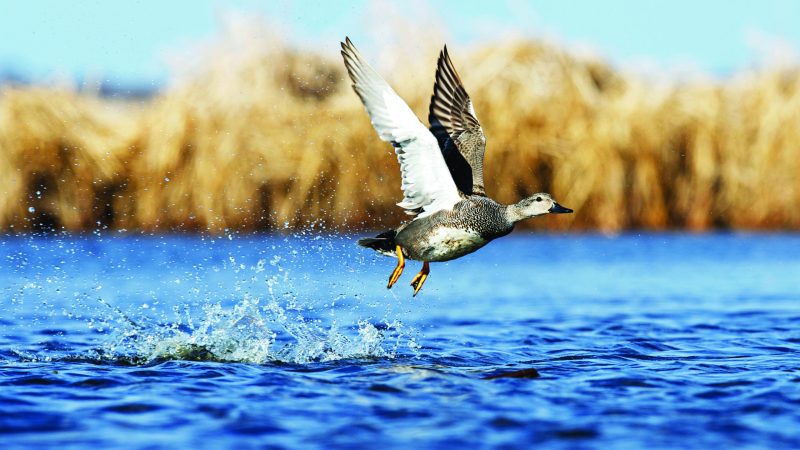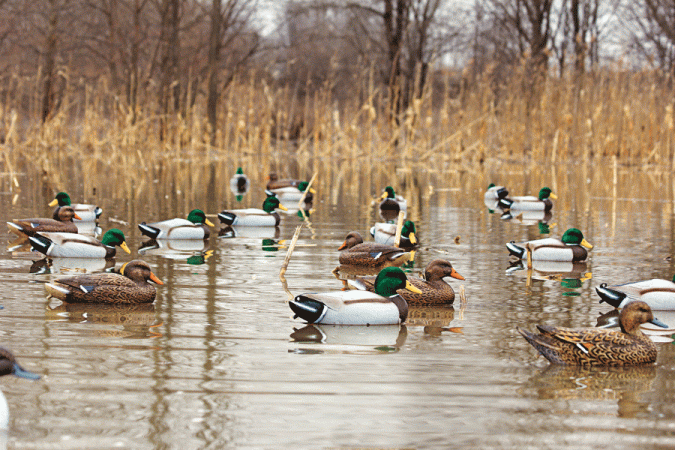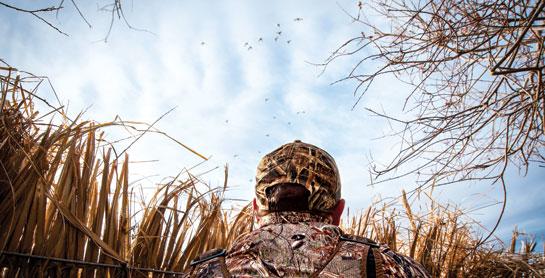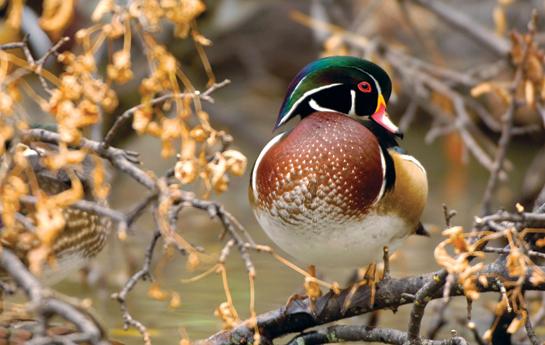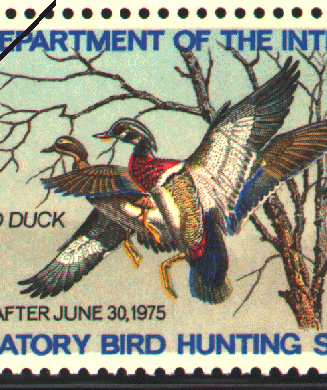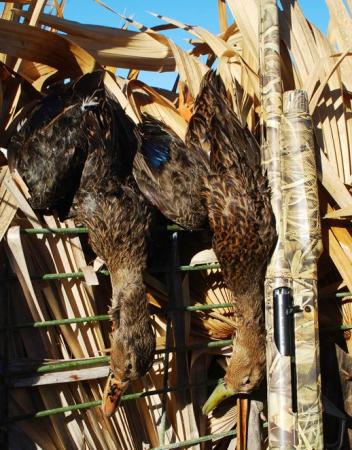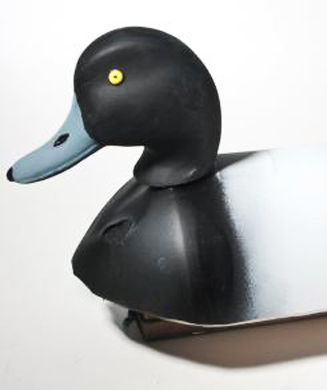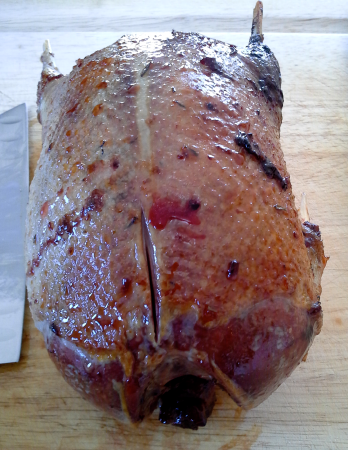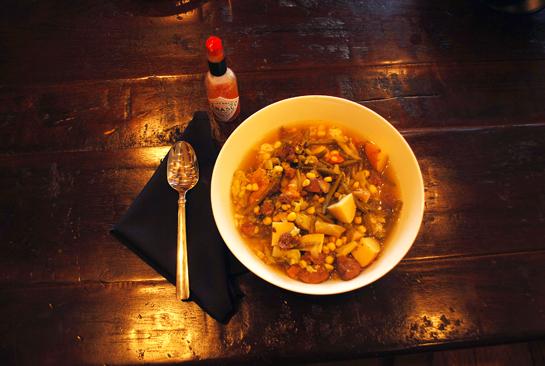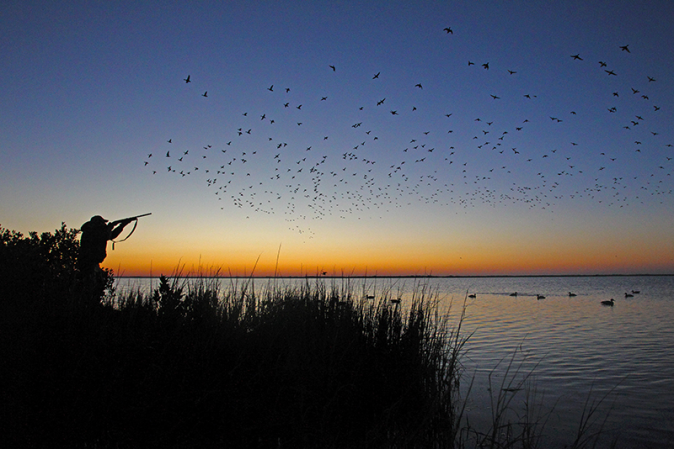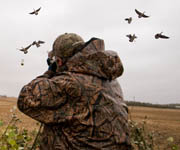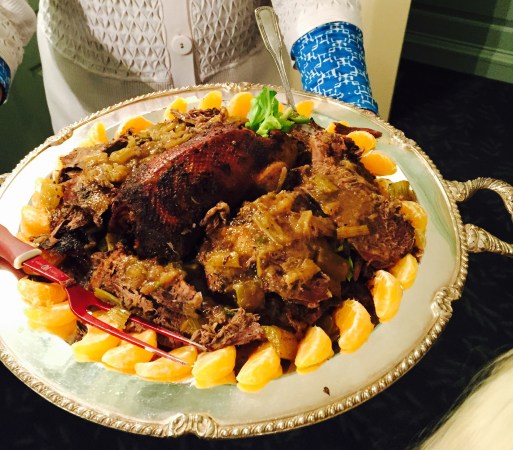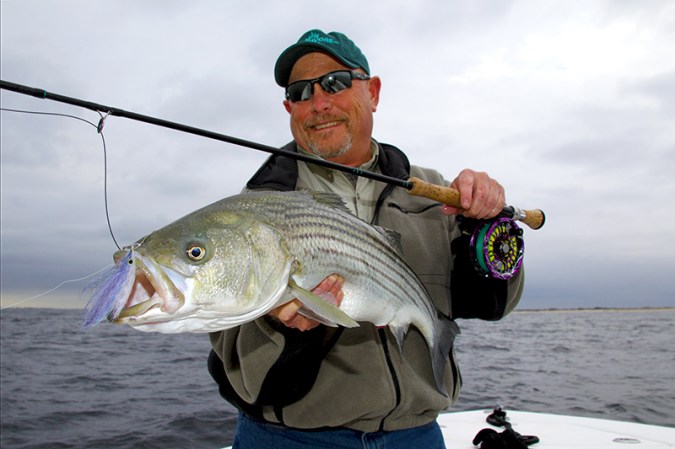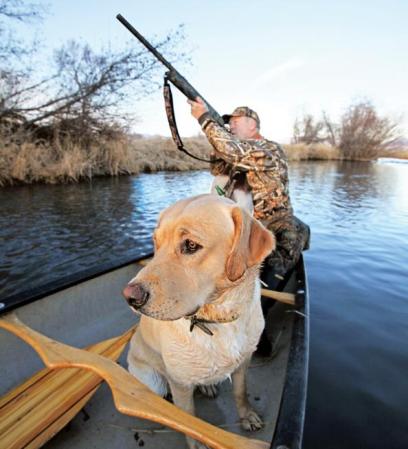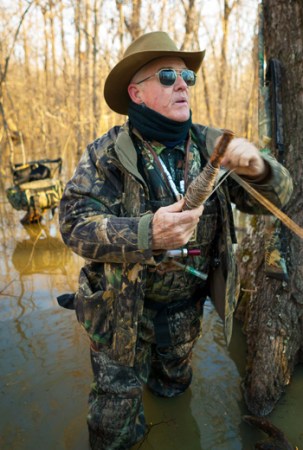A deep-V boat, stacked high with sacks of bluebill and redhead decoys, navigates a pre-dawn snow squall in search of that special wild-rice point. A tender boat watches from afar as layout skiffs and long strings of white-backed decoys bob in the gray swells.
Diver hunting is the stuff of legend. But who has the money or equipment to do it? You do. Every November, as diving ducks migrate, the birds stop to rest and feed in small water accessible to guys just like you and me–places where a sack of decoys, a pair of waders, a shotgun, and maybe a canoe or kayak are all you need to put bluebills, ringnecks, redheads, buffleheads, and even his majesty, the canvasback, on your duck strap. Here’s how.
Understand Divers
Diving ducks love small water–marshland sloughs, prairie potholes, farm ponds, stock tanks, and backwater pools–for the seclusion it offers. If there’s food in the form of wild rice and celery seeds, water plant shoots and tubers, or live forage such as freshwater shrimp, a diving duck couldn’t ask for more.
When conditions are at their harshest, small-water diver hunting is at its best. Even divers get blown off the big water. Stay flexible. Have somebody keep an eye on things for you and call when the birds are in. Then drop everything and go. I have made many a midnight trip to sleep a couple of hours and then be ready at dawn the next morning to hear the jet-like roar of bluebill wings on cold air.
**
Set Up Smart**
Divers feel safe checking into small-water zones, but they still like to stay away from shore. Your decoy spread has to lure them within range for a strafing run, or persuade them to dive-bomb in.
The standard V setup, with two strings of birds projecting out from your position with the wind at your back, works fine, but I like a slightly different approach.
Pick out a point or bulge of cover jutting into the pond, pool, or slough. Hunt the leeward side, and put out a J-line of decoys with a pair of canvasbacks at the far end and 10 bluebills (their white sides are beacons) and six ringbills or redheads forming the main leg of the J.
Place a little knot of mallards (one could be a hen) at the J’s hook; a couple of Canada goose decoys tucked behind them instill confidence–divers trust the wariness of geese and mallards. Blow a goose or mallard call to get the attention of passing divers.
Set the line close to shore (10 yards out) so that buzzing birds will swing past within perfect range–say, 30 yards.
**
Shoot Well**
Use plenty of gun. A 12-gauge pump or semi-auto with 3-inch shells is perfect. I like a light modified choke for just a little more range. Choose Federal’s Black Cloud, Remington’s HyperSonic Steel, or Kent Fasteel with No. 4 shot. That may seem small, but smaller shot does a better job penetrating a diving duck’s thick insulating feathers and substantial fat layer.
These are tough birds, with an unmatched will to escape. Any time a diving duck goes down, stay on it. If the bird kicks, shoot again. You want to see a white belly up and legs in the air.
Enjoy the Rewards
There’s something about a couple of ringbills, redheads, or bluebills–or maybe even a king canvasback–on the duck strap that warms my heart and makes my season. Cooked right, a wild-rice-, celery-, or tuber-fed diver is one of the juiciest, most delicious ducks you can eat.
